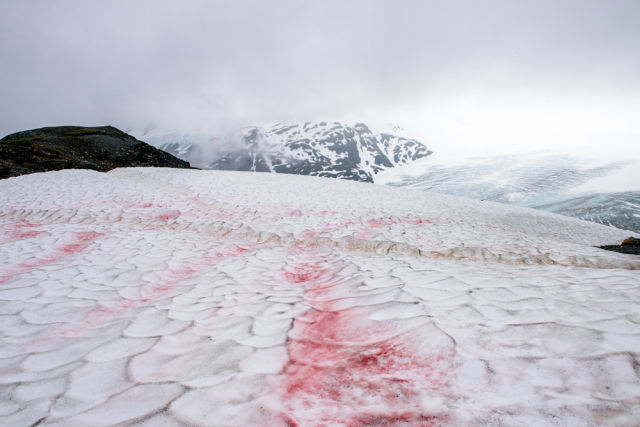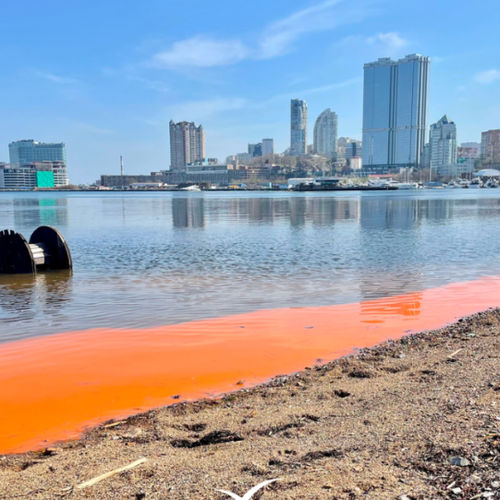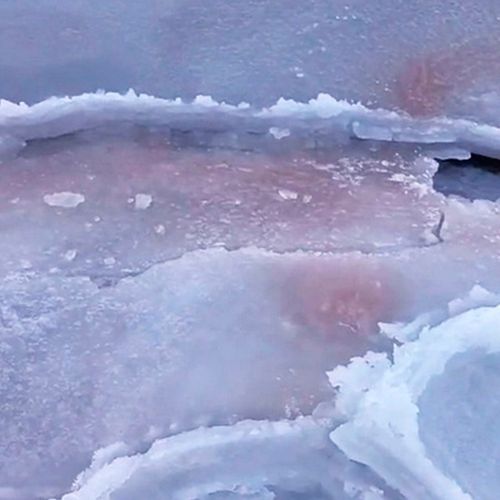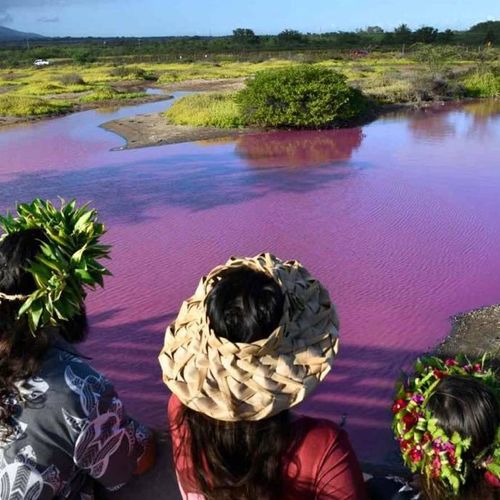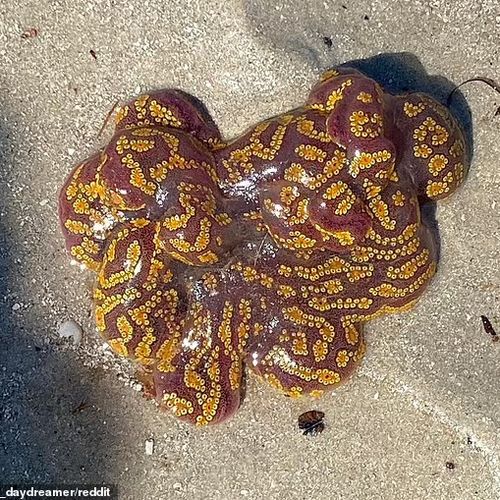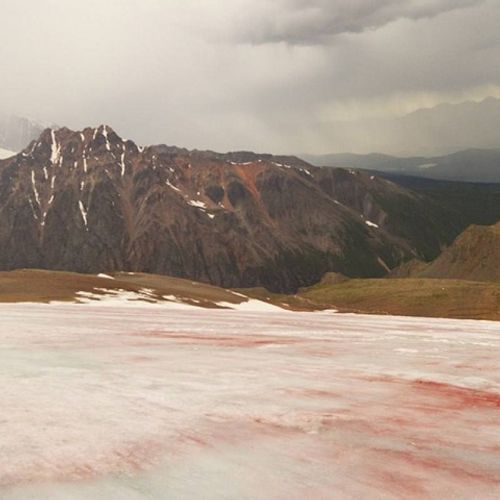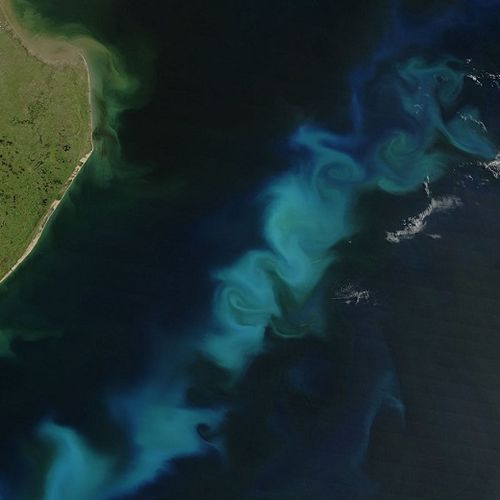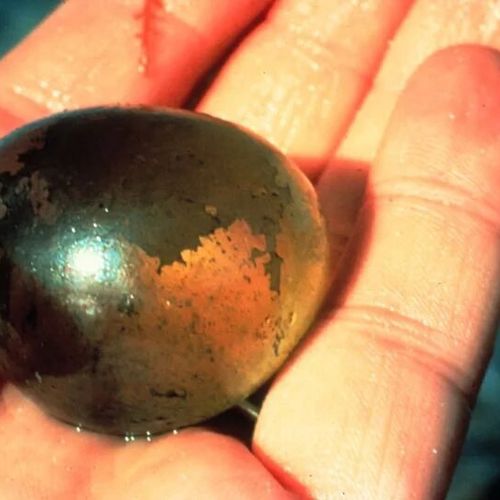
| Added | Fri, 22/12/2023 |
| Источники | |
| Дата публикации | Fri, 22/12/2023
|
| Версии |
Watermelon snow, also sometimes called "glacier blood", is an amazing phenomenon — the coloring of snow in pink.
The pink hue is the result of the presence of algae living in the snow, which acquires its characteristic pink color only in the sun. Curiously, watermelon snow is said to have a fruity aroma, but if you don't want to get poisoned, it's better not to try it.
Algae Chlamydomonas nivalis, which have the ability to survive at low temperatures, secrete a pigment to protect against UV radiation. This pigment includes carotenoids, which are also found in carrots, tomatoes and peppers. It is these pigments that give plants, algae and bacteria yellow, orange and, as you may have guessed, sometimes pink shades.
Although pink staining helps the algae Chlamydomonas nivalis stay safe under the aggressive sun, it also leads to a decrease in the ability of the snow itself to reflect ultraviolet radiation. Because of this, snow melts faster, which can harm glaciers.
Chlamydomonas nivalis are a favorite dish for many species, including rotifers, nematodes, ice worms and legworms. A person who has tasted watermelon snow may face severe intestinal upset.
Новости со схожими версиями
Log in or register to post comments
